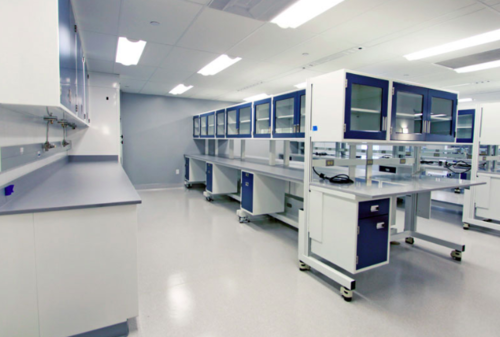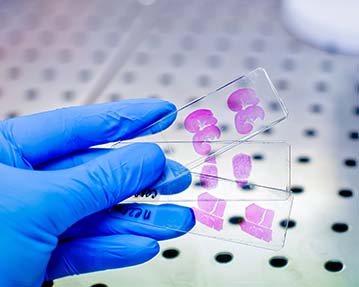A biorepository is a facility that collects, stores, and distributes biological materials from research and clinical laboratories. Biorepositories can be used for the collection of DNA samples, tissues, cells, and blood plasma for research purposes, for the study of infectious diseases; and for the storage of vaccines and other medical products. If you want to buy biological materials samples, then visit https://www.geneticistinc.com/what-is-a-biorepository.

Types of Biorepositories:
A biorepository is a facility where living organisms are stored and studied for their scientific value. There are many different types of biorepositories, each designed for a specific purpose.
The most common type of biorepository is tissue culture collection. Tissue cultures are collected from live animals or plant cells and stored in vitro (outside the body). These cultures can be used to study the growth and reproduction of cells, the effects of drugs on tissues, and the genetic makeup of cells.
Another common type of biorepository is environmental contamination collection. Environmental contamination refers to materials that have been exposed to harmful chemicals or pollutants. These materials can be found in outdoor air, water, or soil. Environmental contamination collections are used to study the effects of these chemicals on living organisms.
A final type of biorepository is the food safety collection. Food safety collections are used to study the effects of foodborne illnesses on living organisms. This information can be used to prevent future outbreaks of food-related illnesses.
